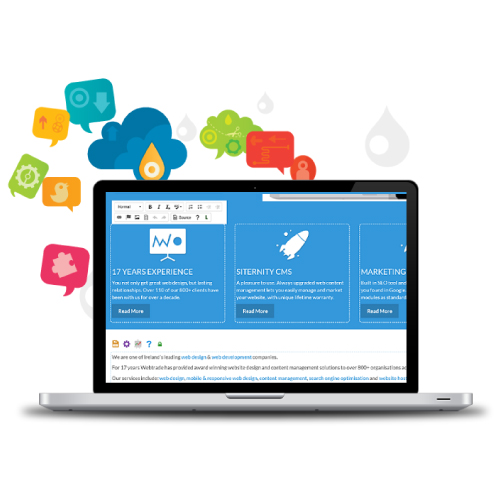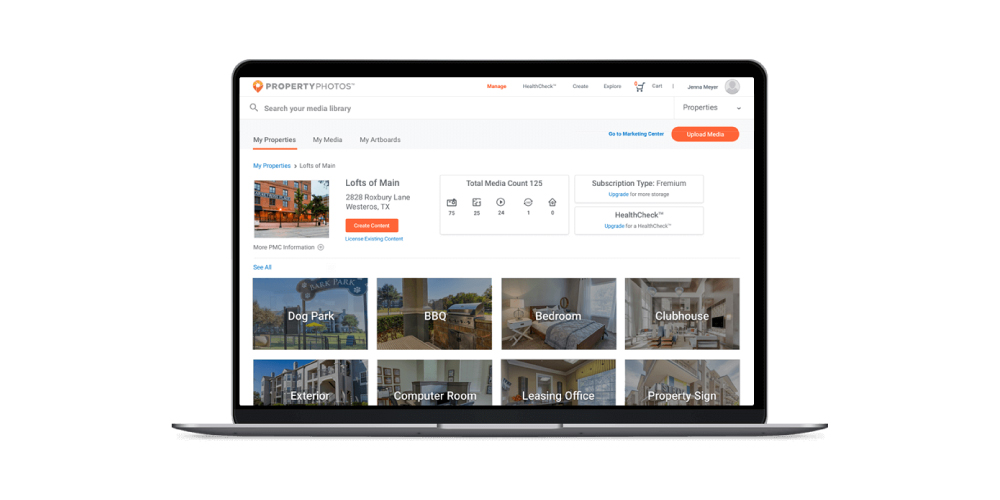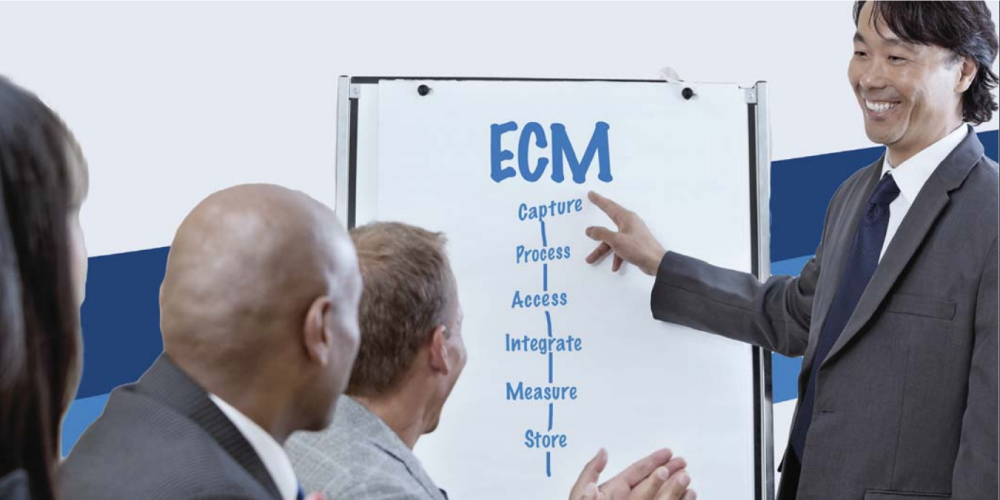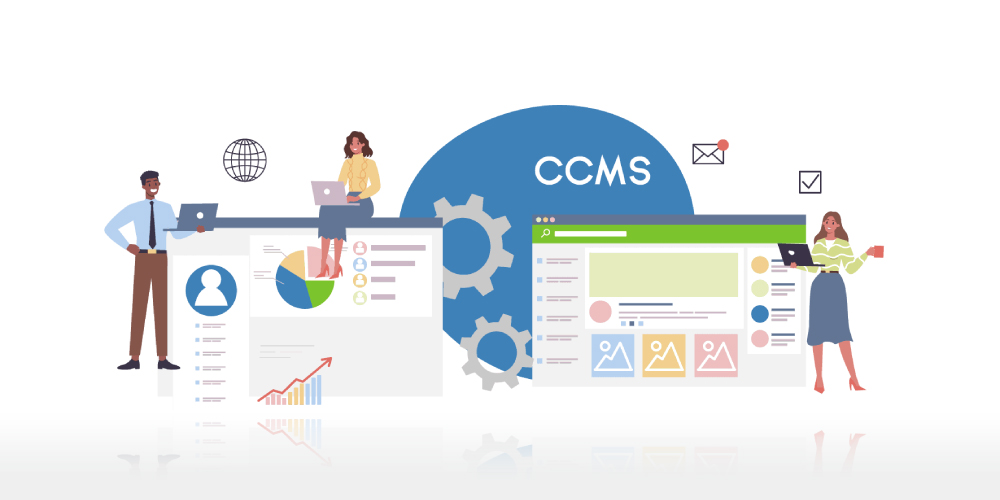Logout
Are you sure want to logout?
Yes
No

Full Name
Enter full name
Contact Number
Enter contact number
Enter valid contact number
Email Address
Enter email address
Enter valid email address

17 Feb 2022

17 Feb 2022
The Content Management System (CMS) can be considered as the software that is used to create, manage, and optimize the digital experience of the customers. It helps to launch digital content, which acts as a core to managing an overall digital experience on various channels, like social media, websites, mobile apps, etc.

It is the software of the CMS which marks its importance to control the content, mostly the one of the HTML. It also shows its attribute in managing the dynamic collection of web material.
It is divided into three parts, these are:
A. Open-source CMS
B. Commercial CMS
C. Custom CMS
It can be considered as the perfect choice when there is the requirement of minimal integration with an enterprise system. It can be used to publish the content that would help to marketing and escalate the business.
It is not a free system, and one needs to pay to utilize its benefits and create high-quality. But it shows its attribute of fast implementation than an open-source CMS.
It is considered as an exclusive and branded solution for the business needs which is relevant to it. It also marks its attribute in acting as the bridge that removes the gap between an open-source CMS and a commercial CMS.

As we have learned in the previous blogs, the Digital world is growing day by day and has the potential to unlock noneconomic value, and also by providing quantitative analysis, rights protection, and transparency to the people.
It also marks its importance in promoting increased and more inclusive access to education, healthcare, and labor markets. It also can aid safe migration.
Digital Asset Management System is also a part of the digital world that enables controlled access to digital assets which is critical and also lets the distributed teams explore the right assets to deliver the right customer experience through the right channel. It represents itself as a tool that centralizes the assets, and workflows in the system of business.

Any type of CMS considers the SEO to rank at the top of the website. To get success in a highly competitive business world, the industry needs to focus more on keyword stuffing tools.
However, no matter whether the business is small or big, to establish a brand reputation on the Google sites, the industry needs to give priority to the keywords and follow the guidelines of Search Engine Optimization.
An ECM marks its attribute in storing, collecting, and managing the data of the documents.

It marks its attribute in organizing the content at a component level, which is contrary to page-by-page CMS. It helps the company to manage and store it in the form of components, such as words, paragraphs, phrases, and also pictures, which attracts the attention of people towards itself, ultimately increasing the traffic.
This helps in generating more sales and delivers high-quality results, which attracts the internet users who search for informative content. It helps in putting the brand of the industry on the front line.
Potential customers have a better experience at the time when they get useful and relevant information. They find happiness with the fast, optimized, and technically good site. This helps in traffic analysis that helps in collecting data to improve the organic traffic.
As keyword stuffing is a technique used on websites to fill a page with relevant keywords and phrases. It plays a key role when the industry wants itself to rank on the front page. Along with this, SEO too marks the importance of its role in terms of getting ranks on Google. It properly keeps the search results and also helps to manipulate them. It helps to improve the branding by building a better user experience for its potential customers to have a better experience, it will create a positive impression on the brand identity.
It appeals to visitors and correlates with high search engine rankings, which would result in better chances of growing up in the results. Users always trust these search engines and achieve a top rank in search engine rankings signals. All the industry tries to achieve its place on the front side. It becomes mandatory when any industry wants to market its brand, product, or services with useful and informative content.
A CMS is an application which that marks its importance in being used for managing and publishing web content, along with allowing multiple users to contribute, create, edit, and publish it. It is linked with SEO, also provides consistency to manage and keep the large global sites consistent.
The content management application is one of the parts of CMS that allows the marketers and different creators to work with it. Also, the content delivery application is another part of the CMS which acts as the back-end portion of the website, and ultimately takes it that is entered into the templates and also turns it into a working website that is accessible properly.
When a website ranks higher for relevant keywords, then it receives more traffic of views. Increasing traffic needs a variety of short, long, or attractive keywords. Without relevant keyword stuffing, it becomes impossible to acquire a higher place on Google. When there is more improvement in the keywords stuffing, the more it takes the site to reach the top.
When more potential customers search for products or services online, then incorporating SEO makes each page a door of information for those customers. It is considered as high-quality output when leads to more views. A CMS considers the SEO to bring appropriate information for the viewers. This helps in generating more sales and delivers high-quality results, which attracts the internet users who search for informative content. It helps in putting the brand of the industry on the front line.
When the industry receives traffic from its efforts on these types of search terms, then there come more viewers to the site. SEO has proved to be one of the most cost-effective platforms of digital marketing. It engages us with Google and helps to promote any product as well.
Its analytic thing collects data to improve the organic traffic. As and when the ranking starts getting progress, then the industry receives prosperity every day, every week, and every month.
Here the CMS plays a crucial role, by being the combination of all these digital channels that powers the business. It also enables to view, edit, and publish to all the digital channels without having the access to different systems and accounts for each touchpoint.
A business is considered as an economic activity that involves the exchange, purchase, sale, or production of goods and services with a motive to earn profits and engaged in commercial, industrial, or professional activities, ultimately satisfying the needs of customers.
It is created to provide account information and reach customers, partners, clients, and potential customers to reach the goals. After creating the business website, it becomes mandatory to secure it. In order to make sure that the business is secured from the attacks of cyber, the company takes crucial steps.
Many of the CMS marks their attribute by providing security features that include advanced authentication, strict permissions, the protects from malware attacks.
A CMS also provides support of multi-language, which makes the job easier. It ultimately helps the local brand and content managers to run localized campaigns on the channels.
It empowers the employees to support the globalization efforts and starts by simplifying the process which is used by them. It also allows the employees to reuse the brand components such as the images, designs, and experience immediately. It provides a convenient way for the brand and supports the effort in the process.
In order to provide support to the teams and groups that are located globally in their localization, it is mandatory that they can immediately evaluate the results of their effort taken. They should also take autonomous action on the basis of the feedback.
One can get an experience of automatically personalizing digital elements such as campaigns. The product grid too would provide more agility to global teams, who can create the variants of the site conveniently.
In order to build the system in analytics engine, so that the teams of marketing, creators, and the brand managers can easily spot visitor trends and opportunities, to bring improvement in the digital experience based on local visitor data.
Businesses that run their WCM in the cloud will be able to scale their globalization efforts much faster, with development teams able to roll out updates to the digital experience worldwide with just a few clicks while also taking advantage of the uptime and continuous improvements offered by cloud providers.
[The images are being taken from the registered companies and belong to their respective owners only.]

Submit Design
Height and Width should be the same (e.g. 1000 x 1000)
Supported file formats : .JPG / .JEPG / .PNG